Documentary series highlights the resilience of kids facing traumatic diseases and injuries, and the doctors who fight for their physical and mental recovery, Wang Ru reports.
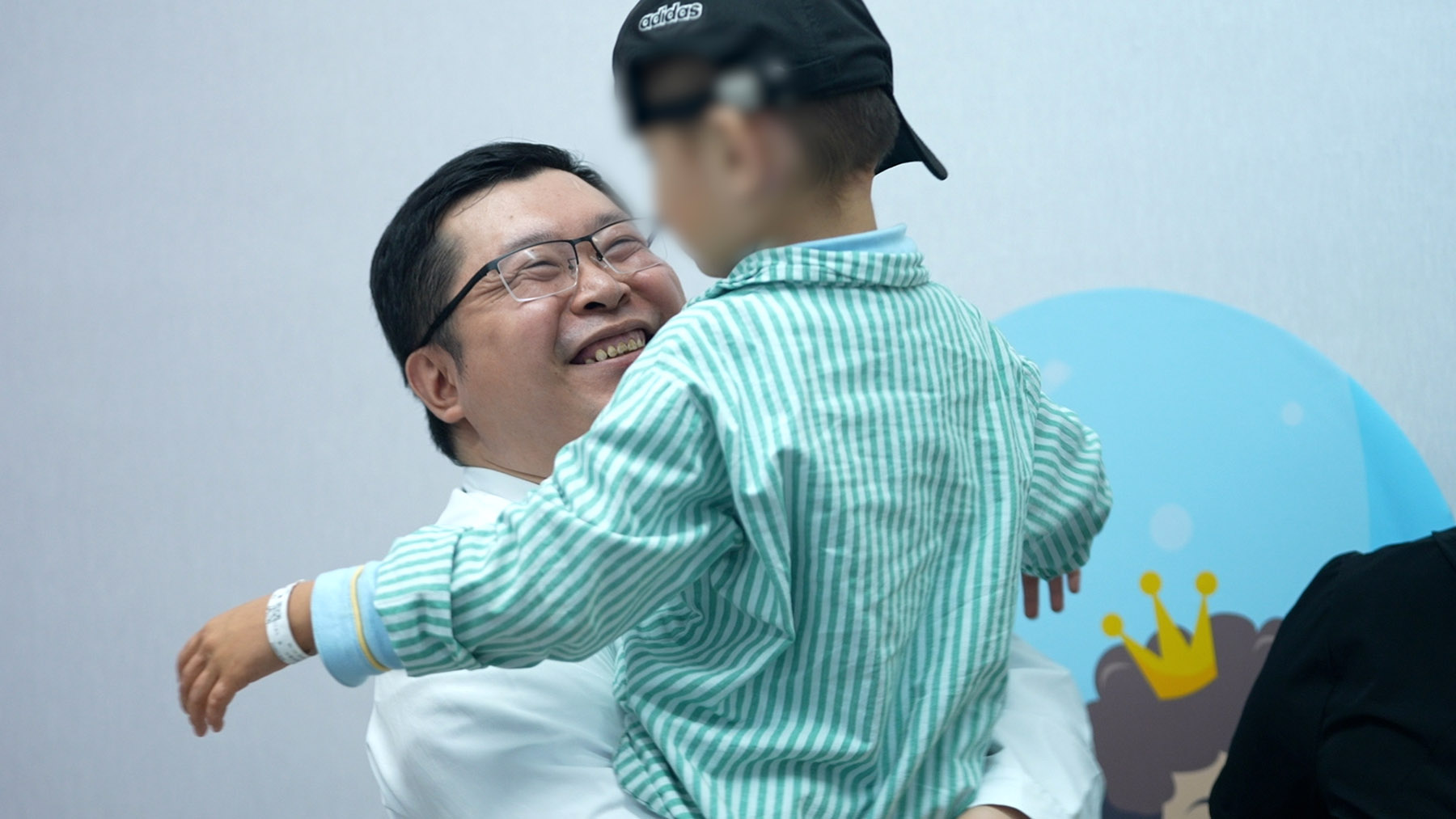
No one could have predicted that a flu could lead to such a disaster. At the end of last year, after suffering the flu and a two-day fever, 10-year-old Niannian caught fulminant myocarditis, a severe disease that can worsen the condition and lead to death.
Luckily, with the help of extra-corporeal membrane oxygenation, better known as ECMO, Niannian was saved. However, the complication resulted in severe necrosis of his right lower leg. To save his life, doctors had to cut into his right leg to remove the necrotic tissue.
During this critical juncture, the most direct and effective surgical option was to amputate the leg from his hip joint, which would make it impossible to fit him with a prosthetic limb in the future, hindering him from walking again.
ALSO READ: Therapy dogs help hospital patients
Considering this outcome, his doctors and parents made a bold decision: amputate his leg from the knee and cut the necrotic tissue from his thigh, gradually removing the rest of the necrotic tissue. Although much more complicated, this approach helps maintain part of his thigh, enabling him to stand again using a prosthetic limb.
After 13 surgeries, Niannian recovered from the severe disease. Through countless obstacles and tears, he regained a hopeful future.
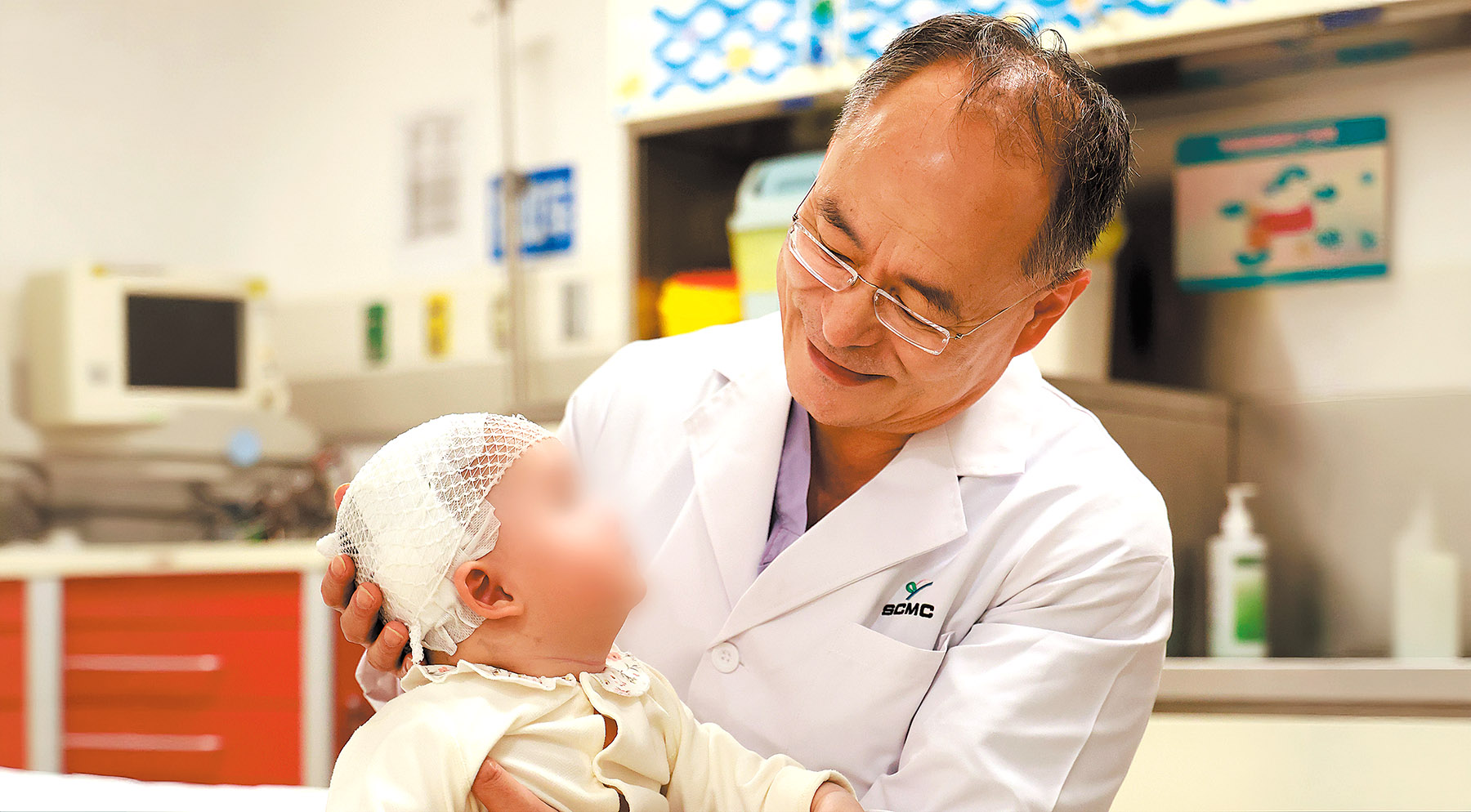
The story is recounted in the third season of The Glorious Pediatricians, a documentary that gives a panoramic view of how doctors and patients cooperate to treat diseases in various departments of the Shanghai Children's Medical Center.
Produced by popular video platform Bilibili and media company TVZone Media, among others, the 10-episode documentary has been airing on Bilibili and Shanghai-based Dragon TV since June.
The show's previous two seasons have seen huge success, gaining more than 670 million clicks on Bilibili and 9.6 and 9.1 points out of 10, respectively, on China's popular review site Douban.
According to Tang Jiancong, the production's general planner, they choose to film in a hospital because it is a trove of diverse stories, with some witnessing loving reunions and sad separations and the sweet and bitter parts of life. Many viewers find that they relate to the stories, but some also lack a proper understanding of hospitals.
However, Tang doesn't want to make a sad documentary like many other hospital-themed productions. "Most medical documentaries are tinged with sadness, but we don't want to focus on that side. That's why we chose to shoot at a children's hospital, where their innocence and exuberance can alleviate sadness."
"We hope the show is like colors of a palette from which we see dark shades but also bright and light colors," says Liao Sha, general director of the series.
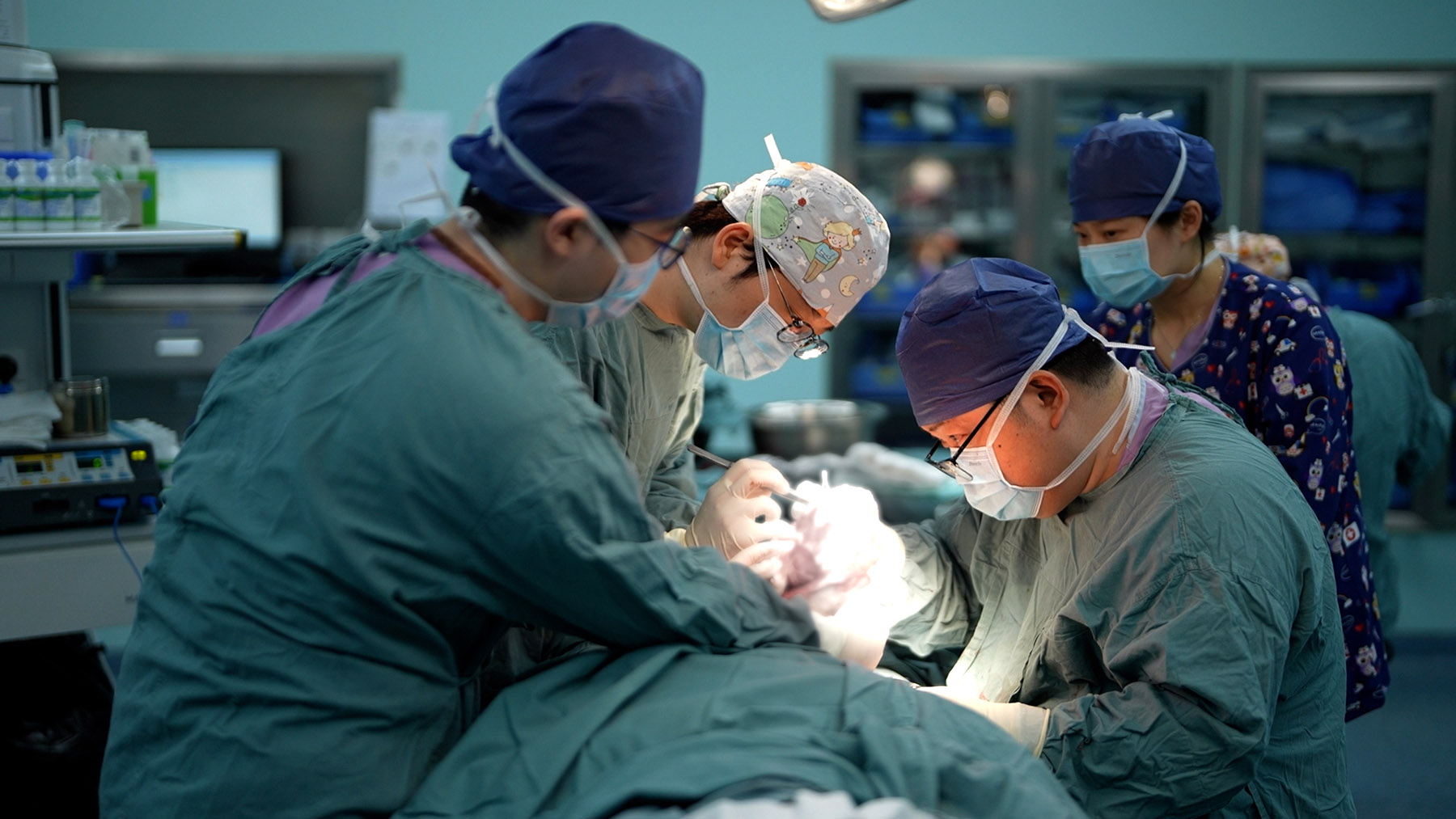
The series added many elements in the post-production to make it lively, including online buzzwords, amusing sound effects, and upbeat background music.
Compared to the first two seasons, the third season aims to show the doctors in a variety of lights and more cases to remind parents of potential daily risks, Liao says.
Tang Tao, a doctor in the burns and reconstructive surgery department at the Shanghai Children's Medical Center, appeared in the second season. But Liao says they failed to record his interactions with children, so they are making up for that regret this season.
The new production showcases Tang Tao's amusing and playful negotiations with children, highlighting his delicate and considerate demeanor.
"Those who suffer burns often have extensive damage, resulting in high costs for long-term recovery. Tang Tao considers surgery programs based on what is best for the children rather than what is most convenient. He also considers the financial challenges the patients' families face and tries his best to reduce their costs and make every effort to secure funding for them," says Liao.
"Celebrities attract fans as many young people draw inspiration from them. We want to show ordinary people who also have shining facets that are worth admiring," she says.
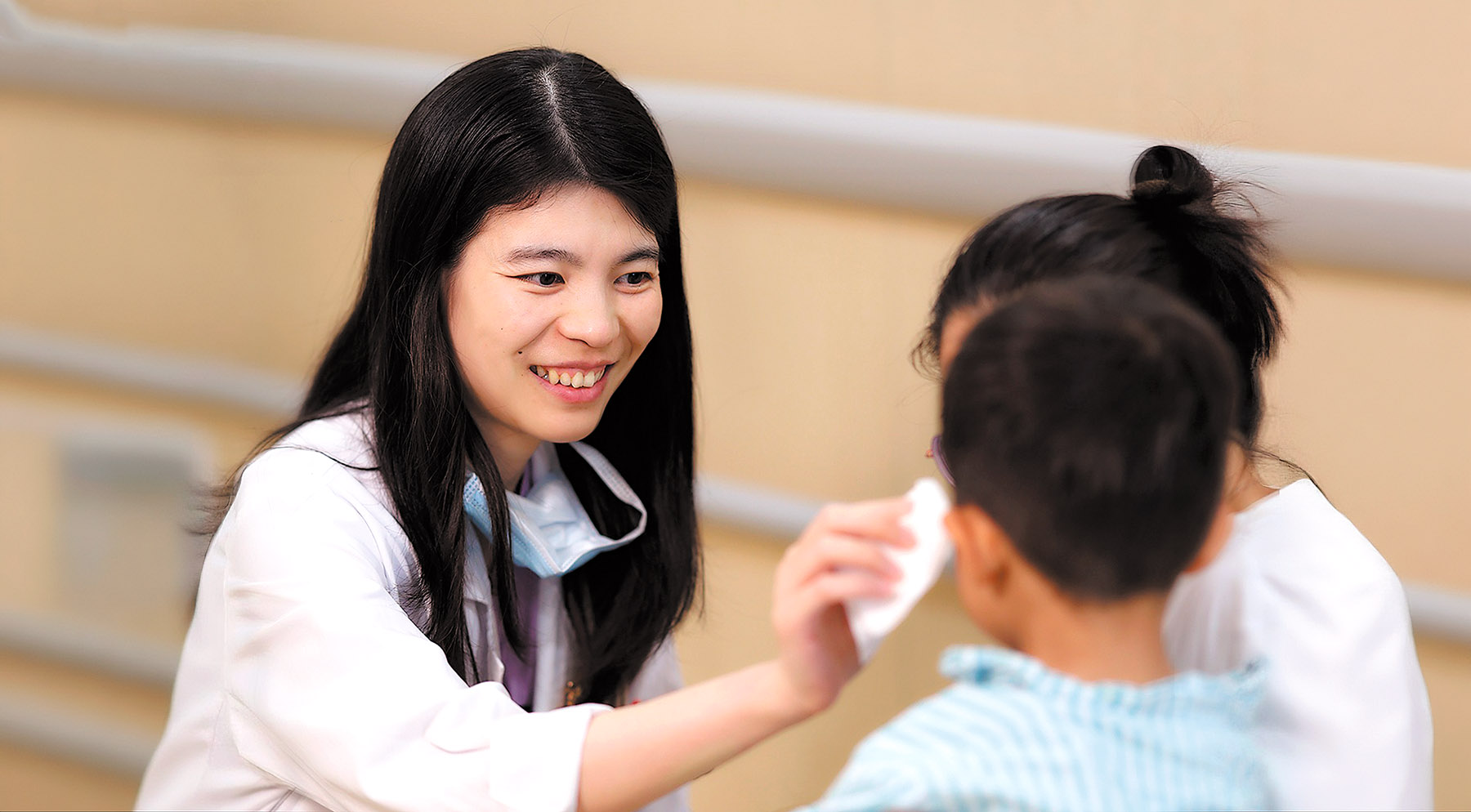
Liao is impressed by the children's resilience and hopes to spotlight that in the series. The documentary follows the story of 13-year-old Kaka, who was badly injured after he and his mother were hit by a cement tanker while waiting at the traffic light after school. They were standing in the driver's blind spot, who carelessly took a turn while watching his mobile phone.
Although Kaka survived, he suffered 12 severe injuries and lost his mother. The following year, he underwent more than 20 major surgeries, and his father spent more than 3 million yuan ($418,035) for his treatment, which included the 700,000 yuan compensation for Kaka's mother's death.
The boy has a long road to recovery, as he requires more surgeries to repair his still-damaged body. At one point, he cried and yelled, refusing more operations; at another, he comforted his grandmother and told her not to feel sorry for him.
"The disastrous things that happened to Kaka are unbearable even for an adult," says Liao. "I imagine many people would give up the will to live after so much trauma, but the boy shows incredible tenacity and optimism.
"Although he still has a long road to recovery, I have enormous confidence in him and believe he will live like a normal person."
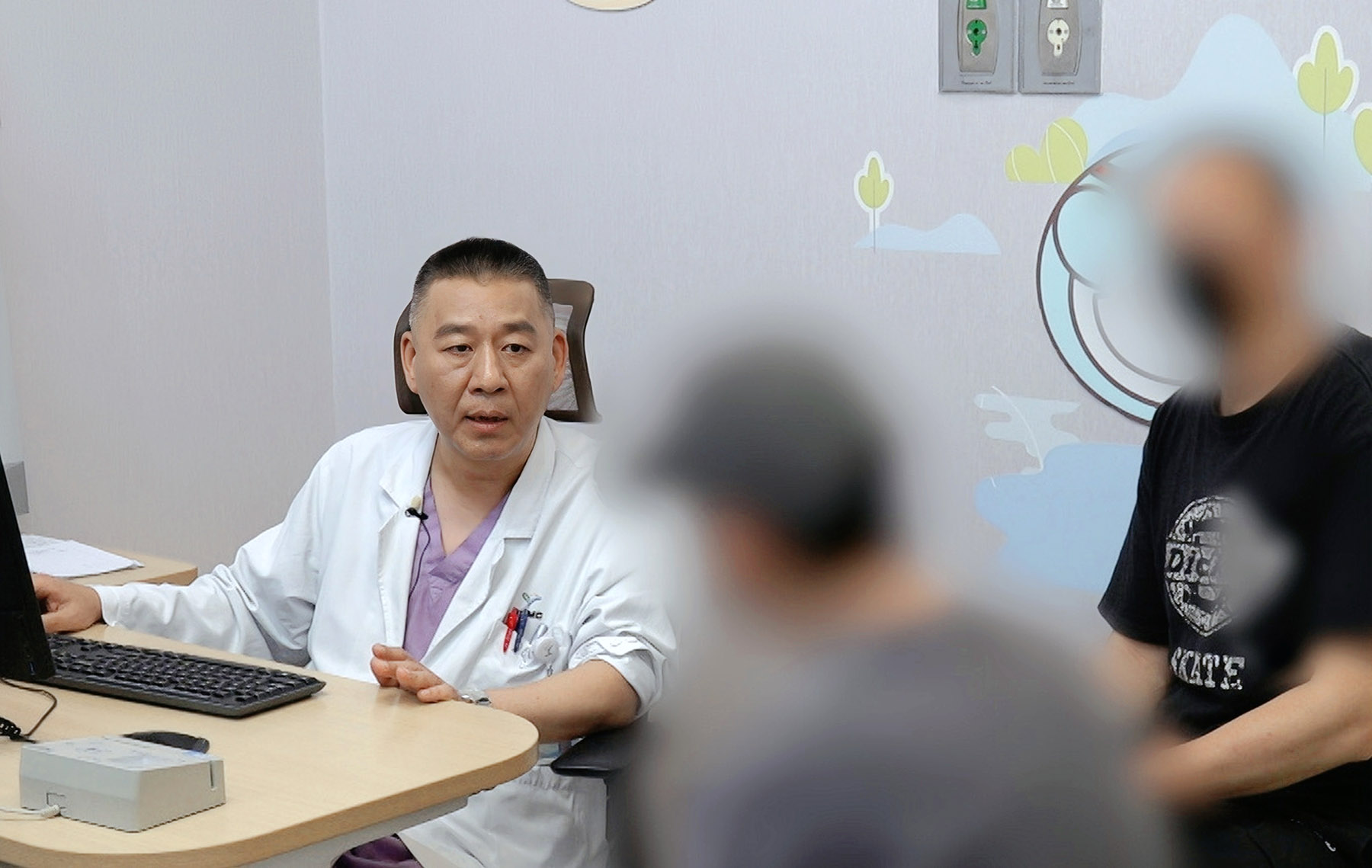
Tang Tao says: "The documentary reflects our daily lives."
From March to May, crew members set up discreet equipment throughout the hospital so as not to disturb its everyday operations, after getting consent from each patient and doctor before filming.
Initially working as a military doctor and then a pediatrician, Tang Tao finds that treating children is very different from treating adults. "Adults, especially the elderly, often have underlying diseases that give rise to complications, impeding their recovery. But children have remarkable resilience, helping them fully restore their health once cured," says Tang Tao.
He mentions that Niannian, the boy who lost part of his right leg, has been able to stand and walk with assistance. "His father told me he will get an artificial limb next week. He may even return to school next semester," Tang Tao says.
"For a child, if you cure their diseases both physically and mentally, they will return to their original state with minimum setbacks. As children represent the future, I believe rescuing a child contributes to a better future."
Contact the writer at wangru1@chinadaily.com.cn


